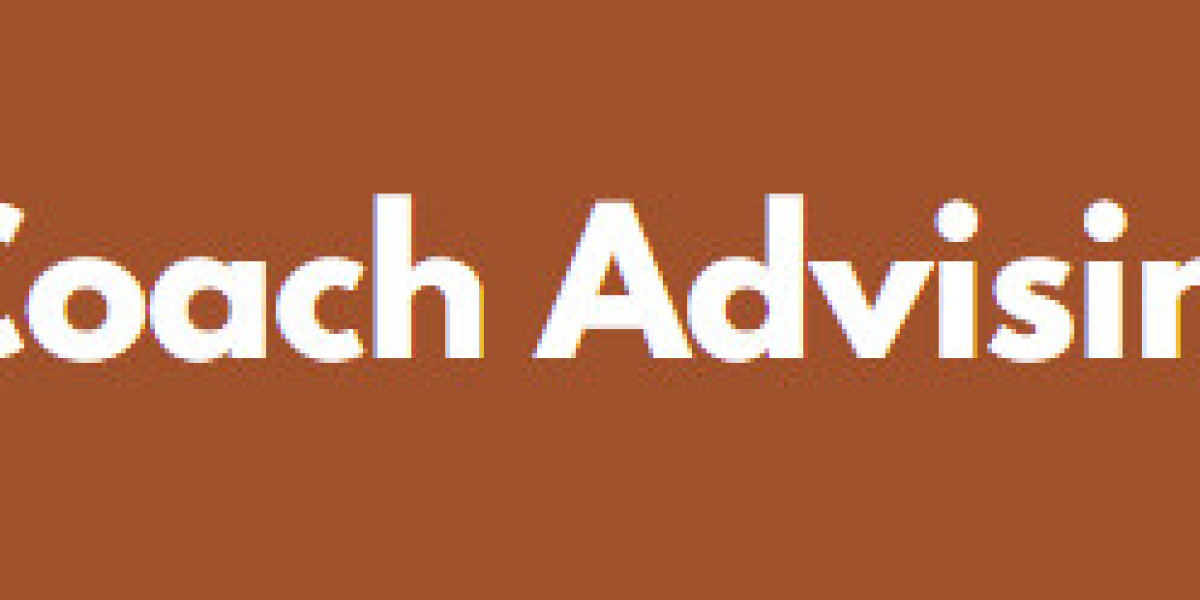Launching a B2B startup is exciting, but sustaining growth requires more than just a great product. The most successful startups rely on a well-defined sales development strategy for B2B startups that not only identifies potential clients but also converts them into long-term customers. Unlike B2C sales, where decisions are often emotional and immediate, B2B sales development involves longer buying cycles, multiple decision-makers, and higher-value deals. For founders and sales leaders, creating a scalable sales pipeline can mean the difference between struggling to find leads and building predictable revenue.
In this in-depth guide, we’ll break down how to create a winning sales development strategy tailored for startups, covering everything from lead generation to sales enablement, and embedding high-performing practices that leading B2B SaaS companies and tech startups use to dominate their markets.
Why Sales Development Matters for B2B Startups
For a B2B startup, acquiring customers is a constant uphill battle. Traditional outbound methods alone (like cold calling) are not enough, and inbound marketing by itself may not deliver qualified leads at scale. This is where a sales development strategy becomes vital.
A clear sales development framework:
Aligns marketing and sales teams for better lead quality.
Creates a process for prospecting, qualifying, and nurturing leads.
Ensures consistent communication with decision-makers in target accounts.
Builds a predictable sales pipeline that fuels long-term revenue growth.
In other words, a great sales development strategy for b2b startups bridges the gap between marketing-qualified leads (MQLs) and sales-qualified leads (SQLs), ensuring your sales reps spend their time on the right opportunities.
Core Pillars of a Sales Development Strategy for B2B Startups
To build a sustainable sales playbook, startups must focus on the following pillars:
1. Defining the Ideal Customer Profile (ICP)
The foundation of every B2B sales development plan starts with identifying the ideal customer profile (ICP). For startups, targeting the wrong audience leads to wasted resources and slow growth.
Key factors for building an ICP:
Industry and verticals (e.g., SaaS, healthcare, fintech).
Company size and revenue range.
Decision-maker roles (CFO, CTO, VP of Sales).
Pain points and challenges your product solves.
Using tools like LinkedIn Sales Navigator and CRM platforms (HubSpot, Salesforce) helps refine your ICP and focus prospecting efforts.
2. Lead Generation Strategy
Once your ICP is clear, the next step is building a lead generation strategy. B2B startups often use a combination of inbound and outbound approaches.
Inbound lead generation: Blogging, SEO, webinars, whitepapers, and gated content.
Outbound lead generation: Cold emailing, cold calling, LinkedIn outreach, and account-based marketing (ABM).
Paid acquisition: Google Ads, LinkedIn Ads, and targeted display advertising.
Balancing inbound marketing with outbound sales ensures a steady stream of leads to fuel your pipeline.
3. Sales Prospecting and Outreach
Effective sales prospecting is the lifeblood of B2B startups. Reps must craft personalized cold email campaigns and LinkedIn messages that address pain points instead of generic pitches.
Best practices for sales outreach:
Research accounts deeply before reaching out.
Use multi-touch outreach (email, phone, LinkedIn).
Personalize subject lines and value propositions.
Use sales automation tools (Outreach, Apollo.io, Salesloft).
4. Lead Qualification Process
Not every lead is worth pursuing. A clear lead qualification framework ensures sales teams spend time on accounts with the highest potential.
Popular frameworks:
BANT (Budget, Authority, Need, Timeline)
CHAMP (Challenges, Authority, Money, Prioritization)
MEDDIC (Metrics, Economic buyer, Decision criteria, Decision process, Identify pain, Champion)
By qualifying leads properly, startups can boost conversion rates and reduce wasted effort.
5. Sales Enablement & Training
A powerful sales enablement strategy ensures your team has the right tools, content, and training to succeed.
This includes:
Sales playbooks with outreach templates and objection-handling scripts.
CRM integration for data-driven selling.
Sales training programs focused on consultative selling.
Access to case studies, one-pagers, and demo decks to support conversations.
6. Building a Scalable Sales Tech Stack
For startups, adopting the right sales technology can dramatically improve efficiency.
Essential tools:
CRM software (HubSpot, Salesforce, Pipedrive).
Sales engagement platforms (Outreach, Salesloft).
Data enrichment tools (ZoomInfo, Clearbit).
Email sequencing and automation tools (Apollo.io, Lemlist).
Analytics dashboards for tracking pipeline performance.
Outbound vs Inbound: Choosing the Right Mix for Startups
For most B2B startups, the best sales development strategy combines outbound prospecting and inbound lead nurturing.
Outbound sales development works best for startups targeting niche industries with high contract values (e.g., enterprise SaaS, fintech). It allows sales teams to go after specific accounts and decision-makers.
Inbound sales development works better for startups with strong content marketing, SEO, and brand awareness. It attracts leads organically but may take longer to scale.
The winning formula is often Account-Based Marketing (ABM), where marketing and sales collaborate to target high-value accounts with personalized campaigns.
The Role of SDRs (Sales Development Representatives) in Startups
A Sales Development Representative (SDR) is critical in a B2B startup sales model. Their role bridges marketing efforts and the closing team (Account Executives).
SDR responsibilities include:
Researching target accounts and decision-makers.
Running outbound email and LinkedIn campaigns.
Qualifying leads and booking meetings.
Collaborating with Account Executives to pass warm leads.
Hiring and training SDRs early ensures your startup can scale faster by creating a predictable lead generation machine.
Metrics That Define a Successful Sales Development Strategy
Tracking the right sales KPIs ensures startups stay on course.
Key sales development metrics:
Number of qualified leads generated per month.
Email response and conversion rates.
Number of meetings booked by SDRs.
Pipeline velocity (time from lead to close).
Customer acquisition cost (CAC).
Lifetime value (LTV) of customers.
By continuously tracking these KPIs, founders can optimize their sales process for efficiency and scale.
Challenges B2B Startups Face in Sales Development
Building a sales development strategy for startups is not without challenges.
Limited budgets – Many startups can’t afford large sales teams.
Long sales cycles – Especially in enterprise B2B sales, closing deals can take months.
Market education – Startups often need to educate prospects about new technologies.
Competition – Established players may dominate markets.
Talent acquisition – Hiring experienced SDRs and sales managers is difficult.
To overcome these, startups must focus on sales automation, inbound content strategies, and lean outbound campaigns that maximize ROI.
Advanced Strategies to Accelerate B2B Startup Sales
1. Account-Based Selling (ABS)
ABS focuses on high-value accounts instead of broad lead generation. It requires close collaboration between sales and marketing to deliver personalized outreach.
2. Multi-Channel Outreach
Using only cold emails is no longer effective. Instead, startups must use a mix of LinkedIn messaging, calls, email sequences, webinars, and content marketing.
3. Sales & Marketing Alignment
Startups with aligned sales development strategy teams achieve 38% higher sales win rates. Sharing data across CRM and marketing automation platforms ensures better lead quality.
4. Leveraging AI and Automation
AI-powered tools like ChatGPT for sales emails, conversation intelligence platforms, and predictive analytics are helping startups accelerate their sales pipeline development.
5. Customer-Centric Selling
Modern B2B buyers demand value-driven conversations. Instead of product pitches, SDRs should focus on consultative selling, highlighting ROI and solving specific pain points.
Example of a Scalable Sales Development Process for Startups
Identify ICP & buyer personas using data-driven insights.
Generate leads through content marketing, outbound prospecting, and referrals.
Run outreach campaigns with personalized cold emails and LinkedIn touches.
Qualify leads using BANT/CHAMP frameworks.
Schedule discovery calls and hand off qualified leads to Account Executives.
Track KPIs weekly to optimize conversion rates.
Automate repetitive tasks with CRM and outreach tools.
Conclusion: Building a Winning Sales Development Strategy for B2B Startups
A powerful sales development strategy for B2B startups is the engine that drives predictable growth. By clearly defining your ideal customer profile, building a scalable outbound and inbound process, leveraging sales automation tools, and empowering SDRs with training and enablement, your startup can build a repeatable sales playbook that wins deals consistently.
Whether you are an early-stage SaaS company or a tech startup entering a competitive market, the secret to success lies in building a structured sales process that balances lead generation, prospecting, qualification, and enablement. With the right sales development framework, your startup can transform from chasing customers to attracting, converting, and retaining them at scale.








